Federal agents can scan license plates, fingerprints, and more to instantly identify their owners. But when it comes to guns, they're basically handcuffed by a 1986 law keeping ATF in the past.
Nearly 40-year-old regulations prevent agencies from maintaining searchable, digitized gun trade records. And parliamentary efforts to modernize the system have failed.
Nearly every hallway in the ATF's tracking facility is filled with boxes upon boxes of paper records. The space was so cluttered that the agency had brought in his 40 shipping containers outside the building, each filled with up to 2,000 boxes.
Today the situation is more dire than ever. It takes the ATF 12 to 14 days to track guns used in shootings, robberies, and other crimes on a regular basis. The record latency is the result of a combination of factors. Shootings have increased in cities across the country, ATF staff numbers have dwindled, and more law enforcement agencies are seeking assistance in tracking down the owners of firearms used in crimes.
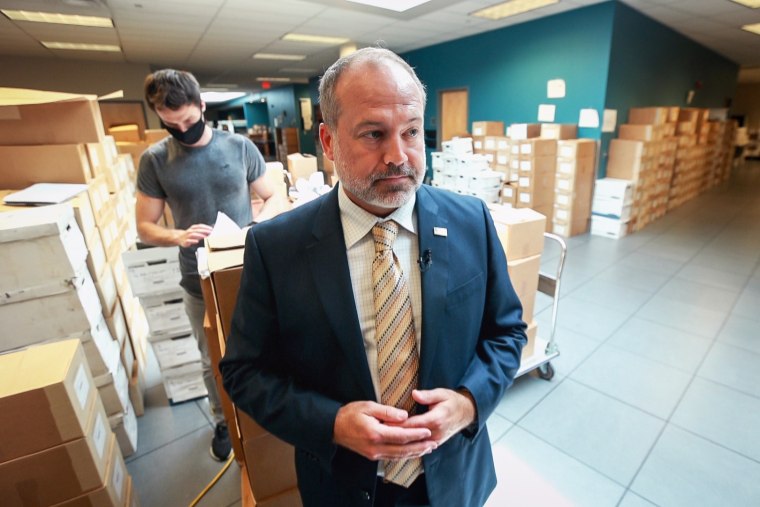
``We are constantly being asked to do more with less,'' says National Center for Tracking program His manager, Neil Tropman, opened the facility earlier this summer.
The recent mass shootings in Buffalo, New York and Uvalde, Texas have once again drawn attention to his ATF's archaic system for tracking guns. But the bipartisan gun law signed in June does not include steps to modernize the nation's only gun-tracking facility.
Congress remains divided over expanding the ATF's capabilities. Senate Democrats last year backed a bill that would allow agencies to keep gun-tracing databases to help law enforcement, but it went nowhere.
} Republicans have long argued that granting police access to repositories of electronically searchable gun records equates to a nationwide firearms registry. In April, 18 Republican senators signed a resolution against the Biden administration's regulation. The regulation requires gun dealers to keep a full history of transaction records.
Only two of the 18 responded to his NBC News request for comment.

Sen. Mike Brown (R-Ind.) said in a short interview that he is open to the idea of allowing the ATF to create a searchable electronic database.
"It feels like it makes sense," he said en route to the Senate vote.
Texas Republican Senator Ted Cruz said in a statement that Democrats should focus on prosecuting criminals and "severely mentally ill people," and that they should "enforce the law." We will not violate by violating the rights of citizens to comply," he said. Create a national gun registry.
Senator Kirsten Gillibrand (D-N.Y.), who co-sponsored the Democrats' disastrous bill with Senator Patrick Leahy of Vermont, said it's not what their party members want. said no.
"All this can do is bring ATF into her 21st century so she can quickly search for data she already has," she said in an interview. I was.
The rise of gun control
The birth of modern gun control was triggered by her two assassinations that rocked America. happened.
The murders of civil rights leader Martin Luther King, Jr. and Senator Robert F. Kennedy led to the passage of the 1968 Gun Control Act. They write down the names of the people who bought the weapons.
Since its founding in 1972, the ATF has been tasked with tracking firearms used in crimes. But he announced in 1986, under pressure from the gun control lobby, that then-President Ronald Reagan would not allow federal law enforcement to use "any registration system" for firearms, firearm owners, or firearm sales. I signed a law against it.
Troppman said staff converted paper gun records to microfilm when he joined the center in his mid-1990s. Today, Tracing Center employees use high-end scanners to input documents into computers.
However, when using 21st century technology, we must be very careful not to violate federal restrictions.
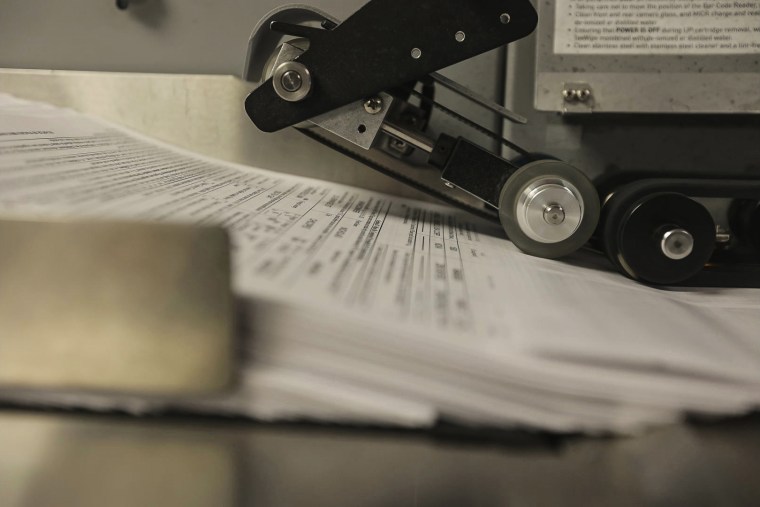
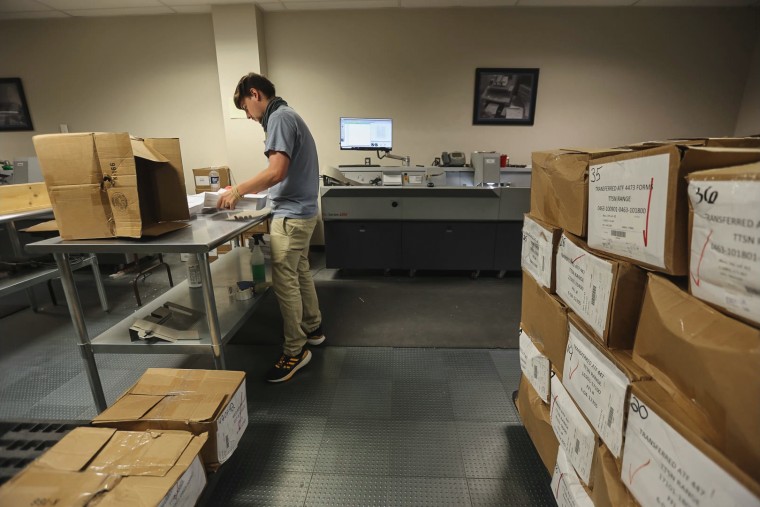
If gun store records are in Excel files or another electronic format, data extraction specialists will be called to take screenshots will be created. Despite having access to over 900 million scanned records, the ATF cannot search for gun owners or shops by name. When the trail arrives, investigators must scroll through hundreds of pages of screenshots to find the gun's information. Thanks to an online portal called
eTrace, we are now inundated with trace requests at an unprecedented rate. ATF investigators have to scroll through hundreds of pages of screenshots to find the information they need to solve a crime.
"Fools. No way. And I blame Congress," Leahy said in an interview, referring to the two-week waiting period for routine gun chases.
Most take up to 14 days to complete, including the AR-15 type weapon used to kill seven people on July 4th. , which are usually quick searches for homicides and mass shootings. Parade in Highland Park, Illinois.
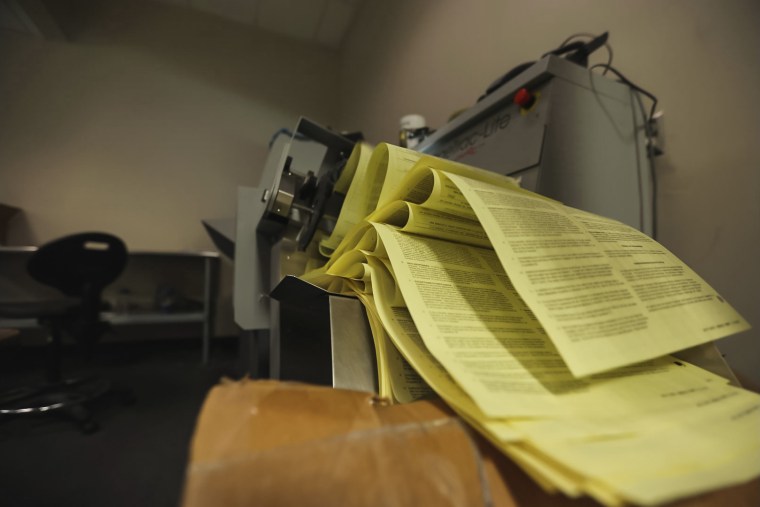
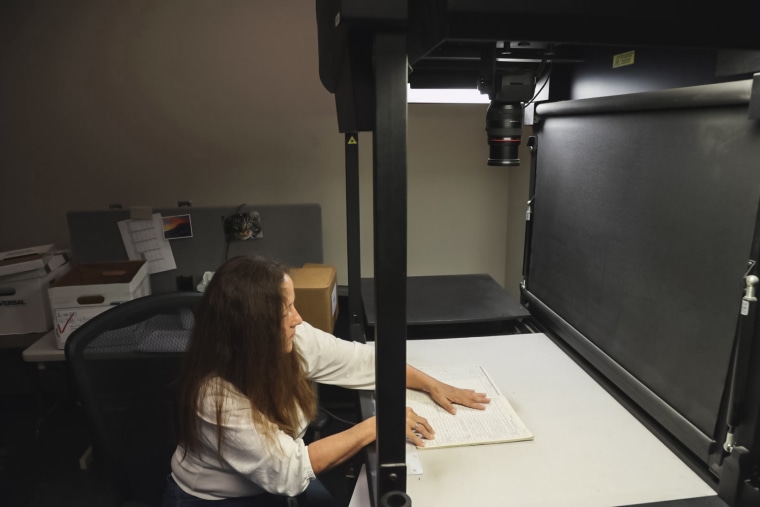
According to the US Department of Justice, 83% of "urgent requests" were made within 48 hours of his Done.
At a time when they are facing severe staffing shortages, the ATF is being inundated with record numbers of tracking requests. The agency had about 80 federal employees assigned to tracing centers in the 1990s.
To sustain the country's gun tracking efforts, the ATF relies on hundreds of contract workers to organize and scan the millions of gun records that flood the facility each year. is assigned to
Tropman said if the agency stopped receiving records today, it would take about 14 months to clear the backlog. The work-in-progress is on full display at ATF's West He Virginia facility, which looks like a time capsule of the era in which MTV was born.
Inside the National Tracking Center
On a recent Thursday, a gray-haired woman sat hunched over a pile of gun purchase forms from her 2013 was she is a clue. Across from her, a young man box-fishing was raking box after box, looking for her one document that might reveal the owner of a weapon found at a recent crime scene. .
"Regardless of what people think, whatever technology prevails, it's still a manual process," he said.
The ATF has little trouble tracking the first few lines of firearms from factory to wholesaler. His more than 30 gun manufacturers, distributors and importers have come up with workarounds to speed gun tracking because unlike the ATF, they can keep an electronic database.


